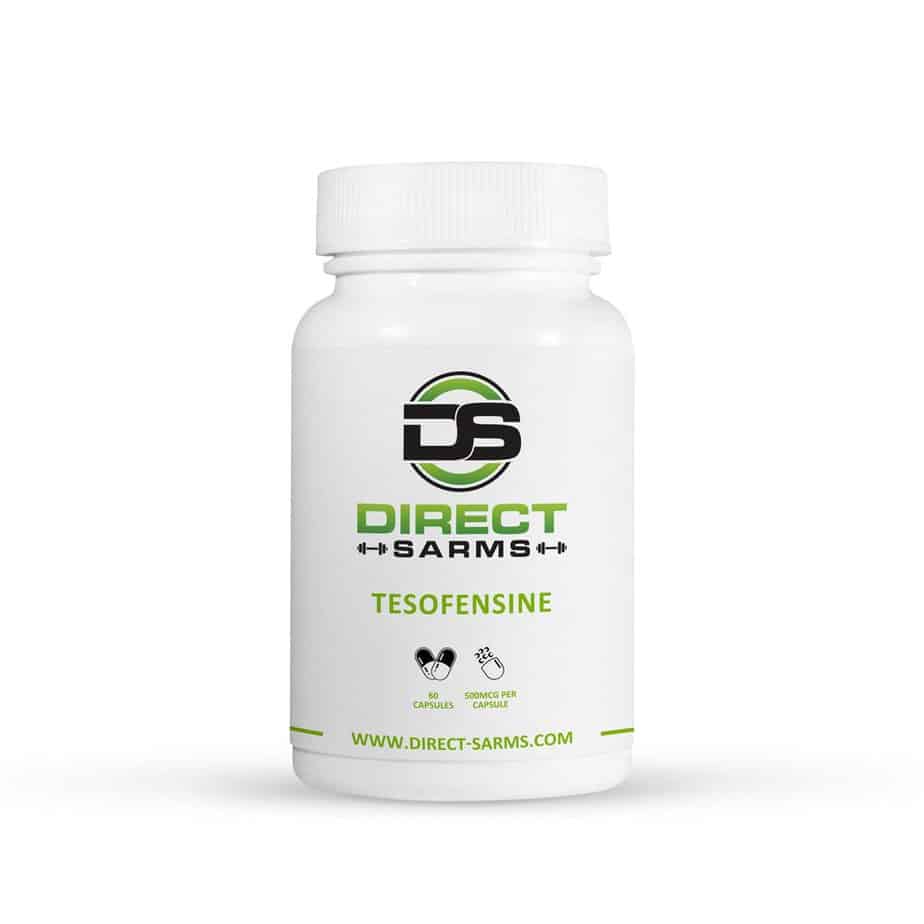
September 5, 2024
Weight Problems Drugs In Development Pmc
Obesity Drugs In Growth Pmc Glucagon reduces body weight through several systems that consist of stimulation of lipolysis and power expense and restraint of food intake323. Glucagon suppression of food consumption appears to be mediated using the liver-- vagus-- hypothalamus axis, as separating the hepatic branch of the stomach vagus is sufficient to obstruct glucagon's anorectic effect323. GIP policy of energy metabolism remains enigmatic as activation and barring of the GIPR receptor have actually both been shown to decrease body weight48. Current studies recommend that GIP lowers food intake via CNS mechanisms185,186 and that GIP stops working to affect food consumption in mice with CNS loss of Gipr185. This article evaluates the history of obesity medication treatment and discusses recurring difficulties and recent developments in the advancement of AOMs.What is the future anti excessive weight medicine?
Semaglutide 2.4 mg as soon as weekly, a subcutaneously carried out GLP-1 RA authorized for obesity therapy in 2021, causes 15-17% mean weight reduction (WL) with evidence of cardioprotection. Oral GLP-1 RA are also under growth and very early information reveals similar WL efficacy to semaglutide 2.4 mg.

- Computer mice were anesthetized with sodium pentobarbital (75 mg/kg) and then perfused intracardially with PBS 1x and paraformaldehyde at 4%.
- Weight problems postures a significant threat for a variety of medical concerns, including respiratory system diseases.
- The FDAinitially added a black box warning, yet in 2010 followed the Europeanauthorities and withdrew sibutramine from the market.
- The negative gastrointestinal results and severe tachycardia induced by GLP1R agonists averts achieving the optimum effectiveness that might be attained through activation of GLP1R signaling.
Dose Acceleration And Side Effects
Amphetamine (methyl-phenylethylamine) was very first manufactured in 1887, andin 1927 its psychopharmacologic properties were referred to as enhanced energy, wakefulness, awareness and ecstasy. It was kept in mind that topics lost weightduring research studies assessing amphetamine for the therapy of clinical depression andnarcolepsy in 1937 [4] It was not up until 1947 that a decrease in foodintake was suggested as a system for the weight loss observed in pets and inhumans. When human beings were given amphetamine or placebo while required to maintainconstant food intake, the effect of fat burning was eliminated [6] Amphetamine was ultimately shown to work as acompetitive prevention of dopamine and noradrenaline reuptake transporterproteins. Amphetamine likewise generates norepinephrine and dopamine release fromnerve storage space granules via indirect downstream impacts on phosphorylationevents [7]Glp-1r/ Gcgr Agonists
As the human amylin receptor consists of calcitonin receptor with activity-modifying proteins amylin analogues in mix with calcitonin receptor agonists, called double action amylin and calcitonin receptor agonists, are unique anti-obesity representative targets of research [92] While animal studies (KBP-042, KBP-089) revealed anti-obesity result [93, 94], human scientific tests are still waited for. Pharmacotherapy of weight problems has a lengthy and chequered history that is made up by promising drugs that were taken out because of safety worries (Box 2).2 Glucagon-like Peptide 1 Receptor Agonists
In a rat model recapitulating the crucial functions of hypothalamic weight problems, making use of the GLP1A exendin-4 resulted in a considerable decrease in food consumption and weight contrasted to those treated with saline (106 ). The very first research study of children given 2 mg exenatide regular for a 12-month duration once again showed no substantial impact on weight or BMI, albeit one patient showed a BMI SDS decrease of -0.33 after 12 months (109 ). On the other hand, a recent randomized, multicentre, double-blind, placebo-controlled trial was conducted in 10- to 25-year-olds with hypothalamic injury complying with intracranial tumor and hypothalamic excessive weight. Participants were randomised to once-weekly subcutaneous shots of exenatide 2 mg or placebo for 36 weeks. Exanetide was normally well tolerated with the majority of side effects being associated with stomach disturbance (110 ). In addition, a choose group of people with restricted hypothalamic damage might react much better to GLP1A, whilst others with even more substantial hypothalamic damages stop working to respond to the exact same therapy. Alarmingly, the occurrence of non-fatal coronary infarction and non-fatal stroke was dramatically higher in clients treated with sibutramine156,331, although other research studies suggested that sibutramine is rather secure in people without higher threat for a cardiovascular event153,154,332. Although cardio safety and security worries terminated additionally use of sibutramine, fenfluramine and phenylpropanolamine, a battle with damaging emotional impacts emerged elsewhere. One noticeable example here is rimonabant, an endocannabinoid 1 receptor (CB1) villain shown to decrease cravings, boost thermogenesis and decrease lipogenesis preclinically and in various human trials333. Upon emerging reports of self-destructive ideation and significant anxiety, the FDA declined its enrollment in 2007 (ref.334). 
Social Links